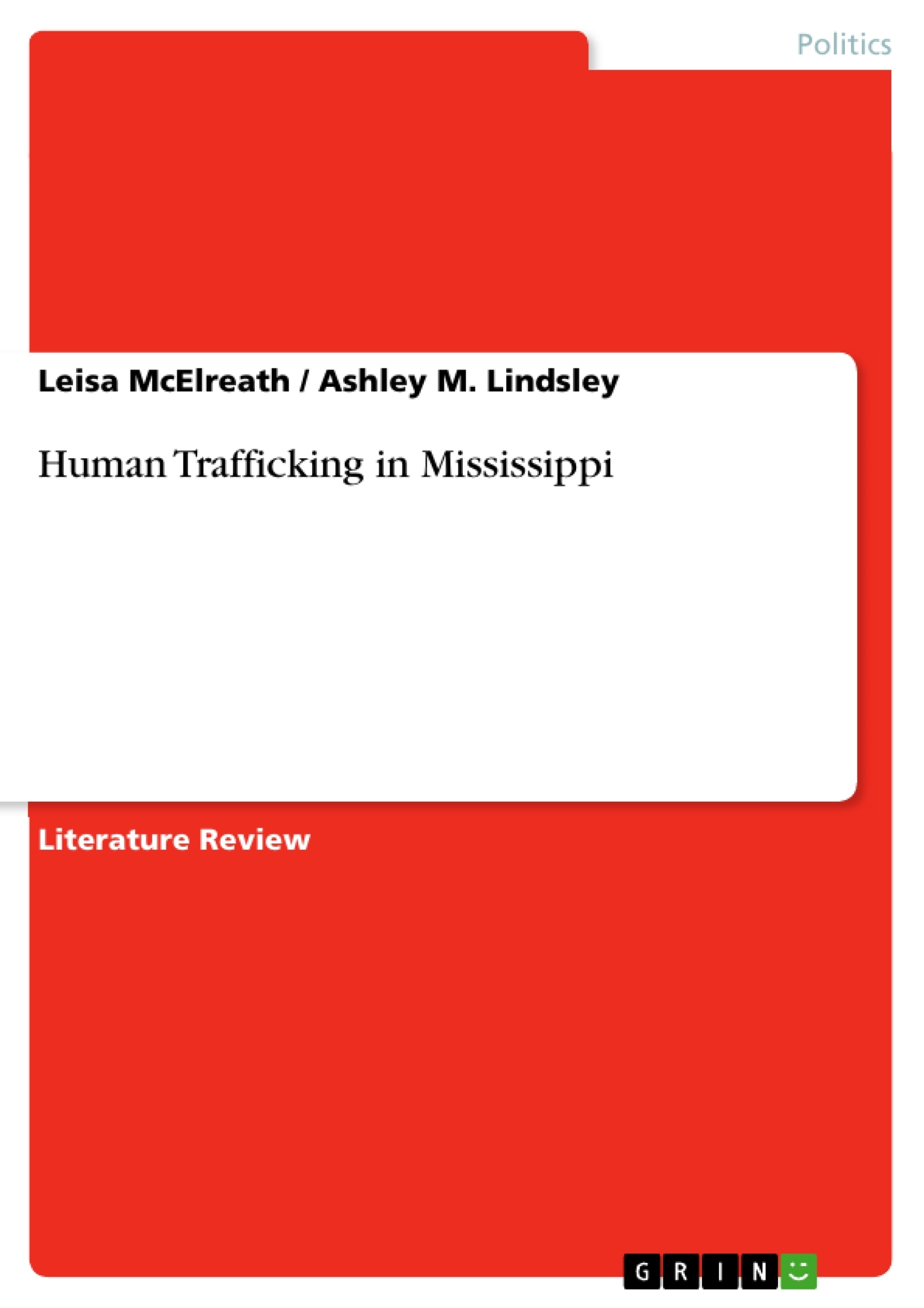Human trafficking is a major issue globally, but one that appears very difficult to grasp and even more difficult to bring under control. Within the United States, as in many other nations, it is a multi-dimensional concern, socially, politically and economically. On the extremes, there are those nations from which large numbers of people depart, while on the other end of the spectrum, there are those nations a large number of people choose as an ultimate destination. The volume of people trafficked annually is large, but sources have not agreed on the numbers involved. According to the Polaris Project, 20.9 million people are trafficked annually, of which they estimate fifty-five percent are women and girls. Deshpande’s research estimated the number trafficked to be approximately 800,000 people annually across international borders and, of these about 80% are women or girls. Rieger estimates between 700,000 and 2,000,000 are trafficked each year with 45,000 to 50,000 women and children trafficked into the United States
Inhaltsverzeichnis (Table of Contents)
- The Scope
- The Economics of Trafficking
- The Challenge
- Summary of Significant Legislative Response and Effort
- Impact within Mississippi
- Trends
- Response to the Challenge
- Gaps in Literature
Zielsetzung und Themenschwerpunkte (Objectives and Key Themes)
This text explores the complex issue of human trafficking in Mississippi, aiming to shed light on the scope of the problem, its economic and social implications, and the challenges associated with combating it. The authors also delve into the legislative response and efforts made in the state to address this issue.
- The economic and social impacts of human trafficking
- The challenges of identifying and assisting victims of trafficking
- The role of legislation in addressing human trafficking
- The prevalence of human trafficking in Mississippi, particularly targeting undocumented females
- The need for further research and data collection on human trafficking in the state
Zusammenfassung der Kapitel (Chapter Summaries)
- The Scope: This section introduces the global prevalence of human trafficking and its multi-faceted nature, highlighting the significant economic dimension and the challenges associated with understanding and controlling it.
- The Economics of Trafficking: This section delves into the economic realities of human trafficking, emphasizing its profitability and the significant financial resources involved. It highlights the hidden nature of this crime within the United States, making identification and prosecution challenging.
- The Challenge: This section focuses on the inherent secrecy surrounding human trafficking and the difficulties victims face in seeking help. It explores various factors, including language barriers, cultural understanding, and threats of violence, that hinder victims from reporting their experiences.
- Summary of Significant Legislative Response and Effort: This section examines the Trafficking Victims Protection Act of 2000, a crucial piece of legislation designed to address the dynamics of human trafficking. It highlights the act's contribution to strengthening penalties for traffickers and providing resources for victims.
- Impact within Mississippi: This section examines the specific context of human trafficking in Mississippi, highlighting the vulnerability of undocumented females and the state's legislative efforts to combat the problem. It mentions the formation of a Human Trafficking Task Force and the lack of comprehensive statistics on the issue.
- Trends: This section analyzes national trends in human trafficking, particularly the involvement of undocumented females in the sex industry and the prevalence of labor exploitation. It highlights specific industries and professions where undocumented workers are commonly employed.
- Response to the Challenge: This section discusses the multifaceted nature of human trafficking as a social, political, and moral issue. It emphasizes the need for coordinated efforts among various stakeholders, including law enforcement, regulatory agencies, and social and community groups, to combat this complex problem.
- Gaps in Literature: This section examines the limited research available on human trafficking in Mississippi, particularly concerning the trafficking of Asian females. It highlights the need for further research in this area to inform policy development and response.
Schlüsselwörter (Keywords)
This text focuses on key themes such as human trafficking, undocumented females, legislative response, economic implications, and the challenges of identification and assistance for victims. It also highlights the need for further research and data collection on this critical issue in Mississippi.
- Quote paper
- Leisa McElreath (Author), Ashley M. Lindsley (Author), 2018, Human Trafficking in Mississippi, Munich, GRIN Verlag, https://www.grin.com/document/425607



